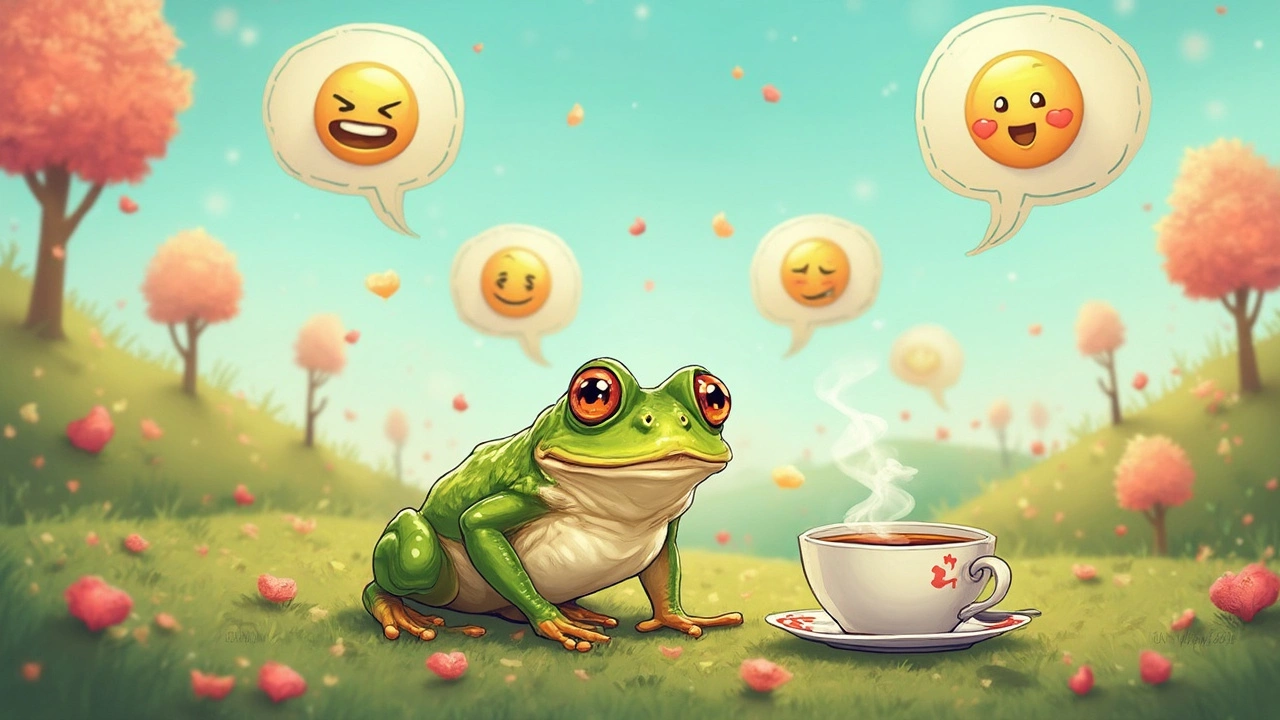Emoji Meanings: Decode the Symbols Behind Your Texts
Ever wonder why a tiny picture can spark a whole conversation? Emojis are the short‑hand of modern messaging, but their meanings aren’t always obvious. Understanding what each icon stands for helps you avoid awkward moments and adds a bit of flair to your chats.
First off, emojis started as simple smiley faces, but over the years they’ve grown into a full visual language. From hearts to animals, each picture carries a cultural cue that can shift depending on where you live or who you’re talking to. That’s why a single emoji can mean “I love this” for one person and “just kidding” for another.
Top Emojis and Their Real Meanings
Here are a few of the most‑used icons and what people usually read into them:
- Heart: love, affection, or strong approval. A red heart is the classic love sign, while a broken heart signals sadness.
- Face with Tears of Joy: something is funny. It’s the go‑to for laughter, even if you’re not actually crying.
- Thumbs Up: agreement or a simple “yes”. In some professional settings it can also mean “task completed”.
- Fire: something is hot, exciting, or trending. You’ll see it on fashion posts, music releases, and meme alerts.
- Moai: the stone face from Easter Island. Our recent article explains that people use it to convey stoic confidence, a “hard‑to‑move” attitude, or simply as a quirky placeholder.
Notice how context changes the vibe? A fire emoji in a recipe post means “spicy”, but the same fire next to a sports headline means “team is on a roll”.
How to Keep Up with New Emoji Trends
New emojis drop every year, and their meanings evolve fast. The best way to stay current is to watch popular social platforms and see how friends use them. If an emoji feels unfamiliar, a quick glance at a recent blog post—like our guide on the Moai emoji—can clear things up.
Another tip: treat emojis like slang. They work best when both parties share the same understanding. If you’re unsure, ask a buddy what a symbol means before sending it in a serious conversation.
Lastly, remember that emojis add tone to plain text. A simple “Sure” can feel neutral, but “Sure 😎” adds a casual, confident flair. Use them to match the mood you want to set, not just because they’re fun.
By knowing the basics and keeping an eye on new releases, you’ll communicate more clearly and avoid the occasional misstep. So next time you tap that little picture, you’ll know exactly what you’re saying.

What Does 🐸 ☕ Mean? Uncover the Truth Behind the Emoji Duo
Ever seen the 🐸☕ emoji pair and wondered what it represents? This quirky combination isn't just random—it taps into meme culture and online conversation quirks. Whether you are new to emojis or a seasoned texter, understanding their deeper meanings can add fun to your chats. Join us as we unpack what these icons truly represent and how they are used.
Categories
- Storage (27)
- Bathroom (18)
- Sofas (15)
- Curtains (15)
- Home Decor (12)
- Bedding (11)
- Kitchenware (11)
- Cushions (11)
- Mirrors (10)
- Rugs (9)
Popular Articles



